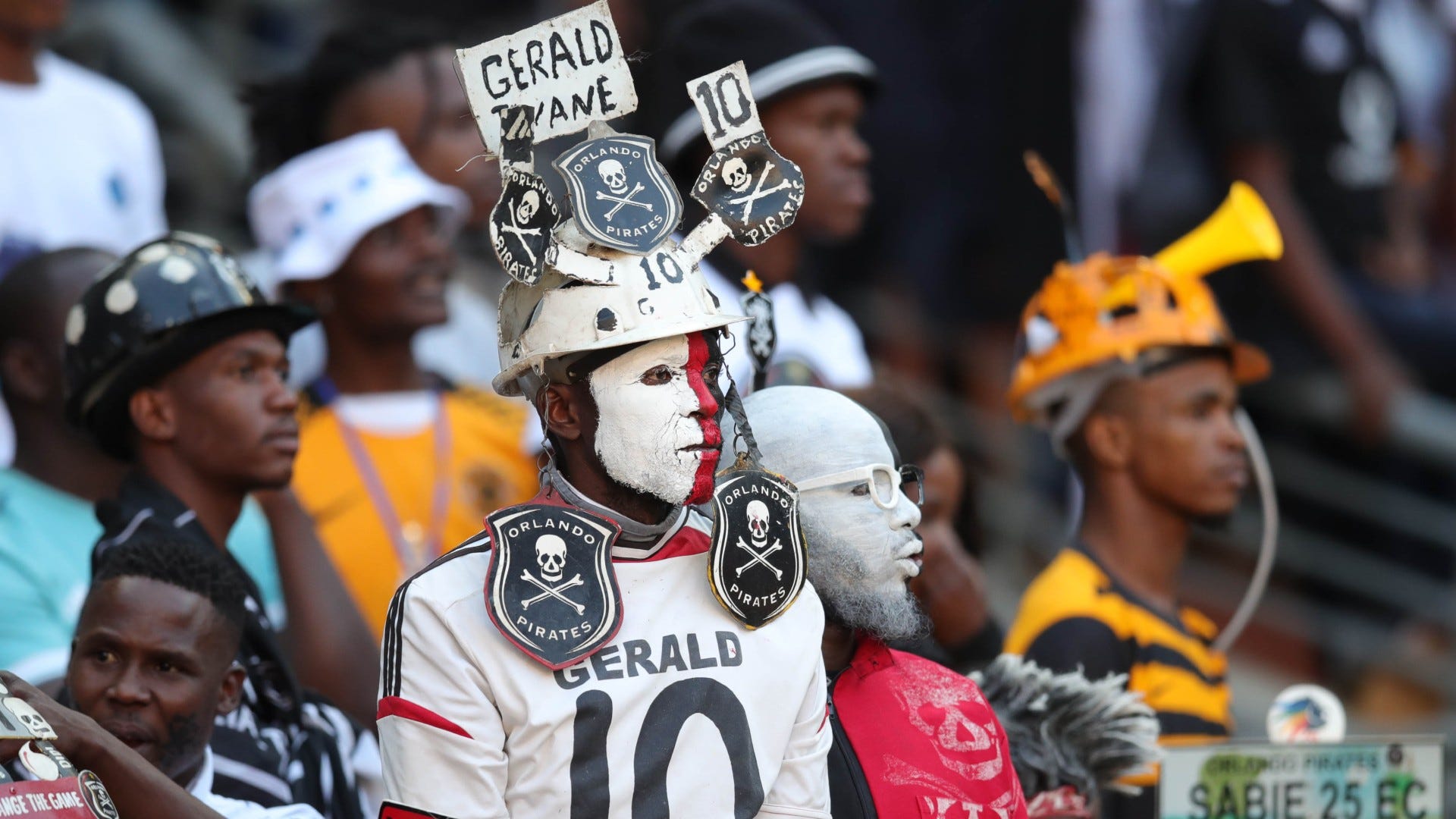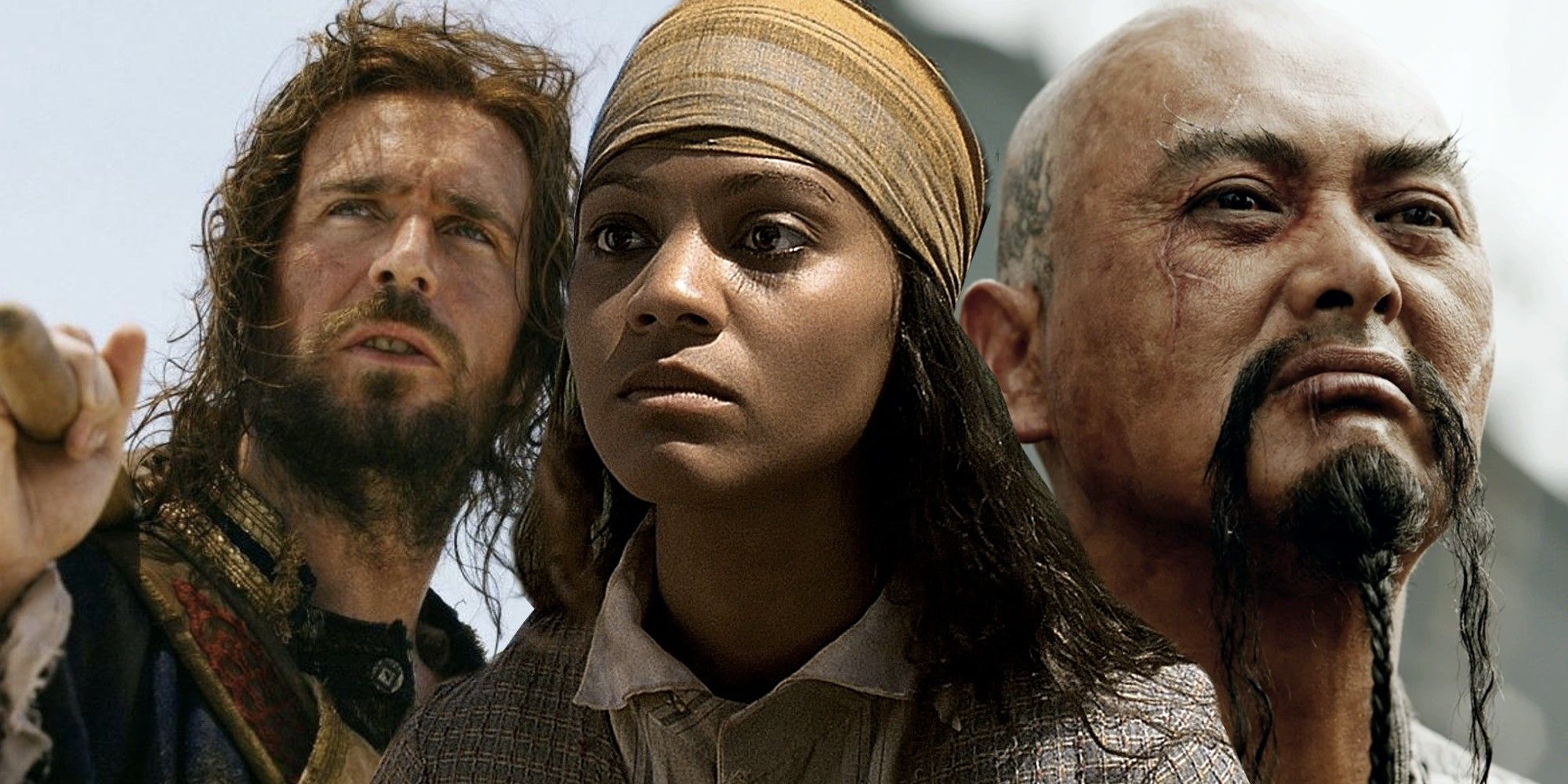History of Pirates

Piracy, a term evoking images of swashbuckling adventurers and buried treasure, has a long and complex history. It is a story woven into the fabric of human civilization, spanning centuries and continents, fueled by a combination of economic hardship, political instability, and the allure of easy riches.
Origins of Piracy
The roots of piracy can be traced back to ancient times. From the Vikings of Scandinavia, who plundered coastal communities across Europe, to the Barbary pirates of North Africa, who preyed on ships in the Mediterranean Sea, the practice of seizing ships and their cargo for profit has existed for millennia. These early pirates were often driven by a desire for wealth and power, as well as a need to survive in a world where law enforcement was weak or nonexistent.
Evolution of Pirate Practices and Tactics
As maritime trade flourished and empires expanded, the methods and tactics employed by pirates evolved. During the Age of Exploration, the 15th to 18th centuries, piracy became increasingly sophisticated, with pirates organizing into large, well-equipped fleets that could challenge even the most powerful navies. They developed intricate strategies for capturing ships, including boarding tactics, the use of cannons, and the art of deception.
Eras of Piracy
The history of piracy can be divided into several distinct eras, each with its own unique characteristics. The Golden Age of Piracy, spanning the late 17th and early 18th centuries, is perhaps the most famous. This period saw the rise of legendary figures like Blackbeard, Captain Kidd, and Anne Bonny, who terrorized shipping lanes across the Atlantic and Caribbean. Their exploits, often romanticized in literature and film, have cemented their place in popular culture.
Timeline of Significant Pirate Events and Figures
- 7th Century: Viking raids on coastal communities across Europe.
- 16th Century: The rise of Barbary pirates in the Mediterranean Sea.
- 17th Century: The Golden Age of Piracy begins, with the emergence of figures like Blackbeard, Captain Kidd, and Anne Bonny.
- 18th Century: The decline of piracy, as navies become more powerful and governments take steps to suppress it.
- 19th Century: Piracy continues in some parts of the world, particularly in Southeast Asia and the Caribbean.
- 20th Century: Modern piracy emerges, often linked to organized crime and political instability.
Pirate Flags and Their Meanings
| Flag | Meaning |
|---|---|
| Jolly Roger (Black Flag with Skull and Crossbones) | A symbol of death and warning to their victims. |
| Black Flag with Red Skull | Representing bloodshed and fear. |
| Black Flag with White Skull | Representing the death and the unknown. |
| Black Flag with Crossbones | Representing the threat of death and violence. |
Pirate Culture and Society

Contrary to popular perception, pirate life was not merely about plunder and mayhem. Pirate crews had their own unique social structures, rules, and traditions that shaped their lives and interactions. This section delves into the fascinating world of pirate culture and society, examining their hierarchy, codes of conduct, the role of women, and the lasting impact of their culture on the world.
Social Structure and Hierarchy, Pirates
Pirate crews were structured in a hierarchical manner, with clear roles and responsibilities for each member. The captain held the ultimate authority, making decisions on matters such as plunder division, ship navigation, and crew discipline. The first mate was the captain’s second-in-command, responsible for managing the crew and overseeing the ship’s day-to-day operations.
- The quartermaster was responsible for distributing supplies and managing the ship’s finances.
- The boatswain oversaw the ship’s maintenance and repairs.
- The gunner was responsible for the ship’s cannons and other weaponry.
- The surgeon was responsible for the crew’s health and well-being.
The remaining crew members were typically divided into groups based on their skills and experience. Skilled sailors, known as “able-bodied seamen,” were highly valued for their expertise in navigating and handling the ship. Ordinary seamen, known as “forecastle men,” performed general duties such as cleaning, cooking, and repairing sails.
Rules and Codes of Conduct
While pirates were often portrayed as lawless individuals, they adhered to a strict code of conduct that governed their behavior and interactions. These codes, often referred to as “Articles of Agreement,” were established by the crew and served as a framework for maintaining order and ensuring fairness within the ship.
- The articles typically Artikeld the distribution of plunder, the penalties for disobedience, and the procedures for resolving disputes.
- Pirates were expected to share the spoils of their ventures equally, with the captain receiving a larger share. This system promoted loyalty and camaraderie among the crew.
- Disobedience and mutiny were severely punished, often with death or flogging. This ensured that the captain’s authority was respected and that the crew remained disciplined.
The Role of Women in Pirate Society
While often overlooked, women played significant roles in pirate society. Some women served as pirates themselves, participating in raids and battles alongside men. Others operated as merchants, suppliers, or informants, providing essential support to pirate crews.
Pirate Culture and Contemporary Societies
Pirate culture, with its emphasis on freedom, equality, and shared wealth, stands in stark contrast to the hierarchical structures and rigid social norms of many contemporary societies. While pirates were often feared and ostracized by mainstream society, their rebellious spirit and commitment to individual liberty resonated with many, particularly those who felt marginalized or oppressed.
Influence on Popular Literature, Art, and Music
Pirate culture has had a profound impact on popular literature, art, and music. From classic novels like “Treasure Island” to contemporary films like “Pirates of the Caribbean,” pirates have captured the imaginations of generations. Their tales of adventure, daring, and rebellion have inspired countless stories, paintings, and songs, cementing their place in popular culture.
Pirates, known for their daring exploits on the high seas, were often driven by a desire for wealth and adventure. Their strategic planning and ability to outmaneuver their opponents can be compared to the fierce competition seen in the miami dolphins vs atlanta falcons match player stats , where each team strives for victory.
Just as pirates navigated treacherous waters, these football players navigate the complexities of the game, showcasing their skills and athleticism in a thrilling display of teamwork and strategy.
Pirates, often romanticized in stories, were individuals who operated outside the law, seeking wealth and adventure on the high seas. The captivating story of a modern-day pirate, Lazar Dukic, has gained attention through a video lazar dukic video that explores his life and exploits.
His story, while distinct from the historical pirates of old, reminds us that the allure of the unknown and the desire for freedom have always been driving forces behind human actions.